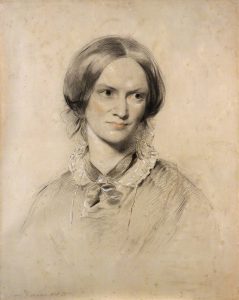This week I’m in Rochester, an important naval town on the River Medway which flows into the Thames. There is a huge amount to see in Rochester from Roman times onwards, but today I’m looking at one house.
Being a Charles Dickens fan, I have long wanted to visit Restoration House, supposedly Dickens’ inspiration in Great Expectations for Miss Havisham’s home, Satis House, that ‘large and gloomy’ place, full of dust, cobwebs and shadows and lit only by candlelight. It is here that the young Pip is entrapped by Miss Havisham’s desire to seek revenge, through him, for her lover jilting her so cruelly on her wedding day.

Restoration House
Continue reading Restoration House: from Charles II to Miss Havisham
Please share this page...

